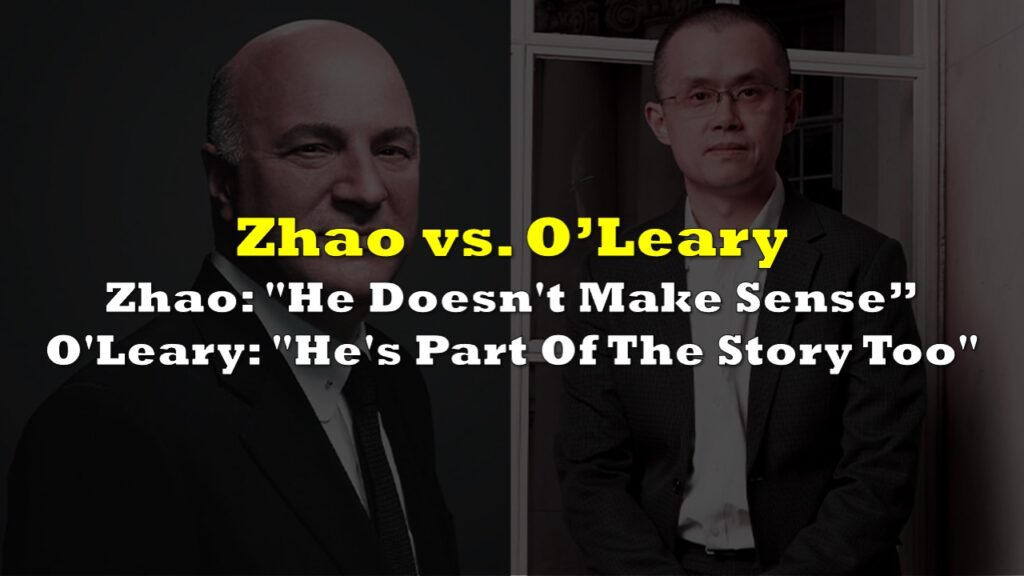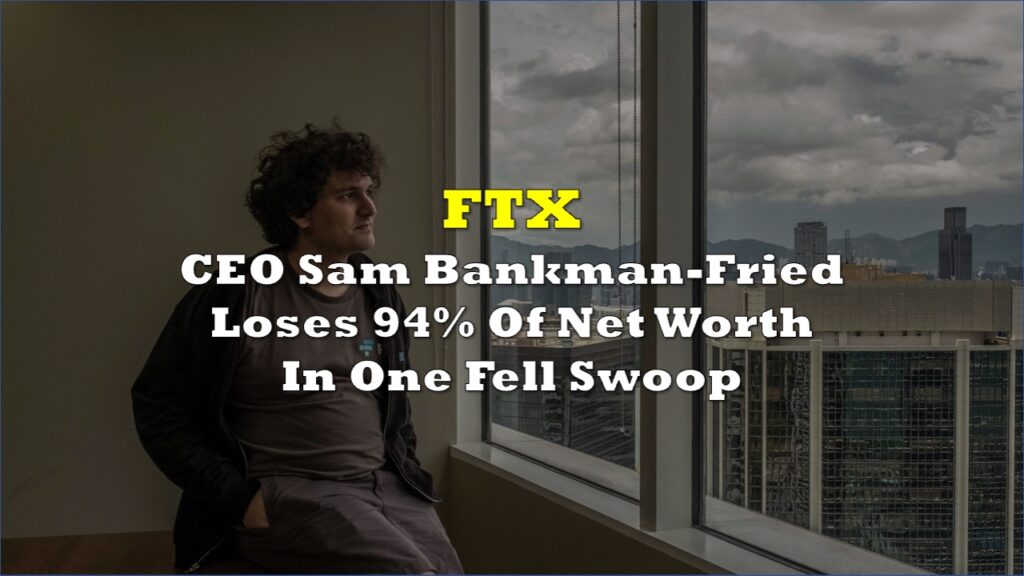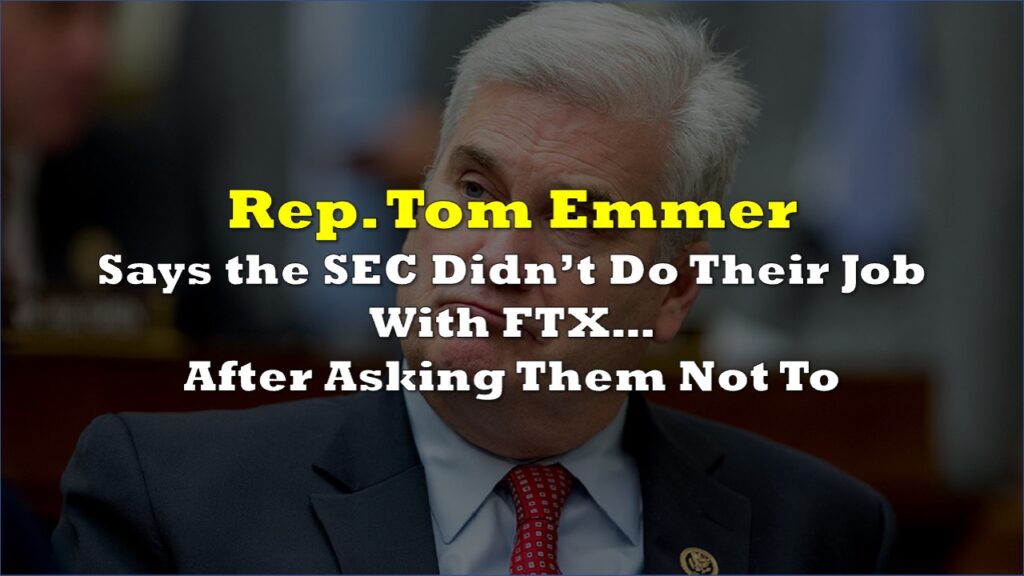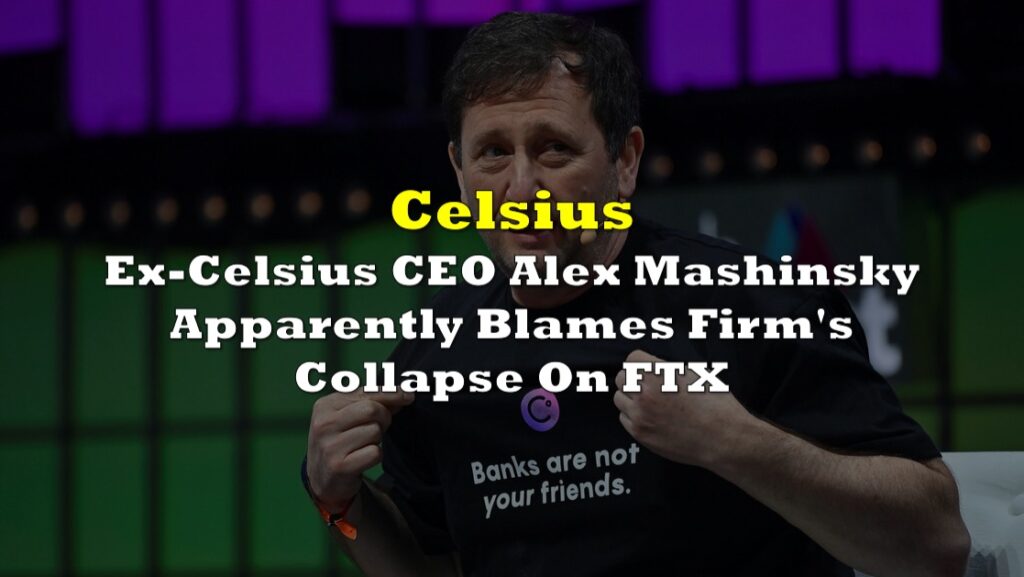In a scathing response to Sam Bankman-Fried’s recent sentencing memorandum, FTX CEO John J. Ray III, on behalf of the firm’s debtors, has vehemently contested assertions made by the embattled founder regarding the extent of harm caused to stakeholders in the ongoing legal saga.
Bankman-Fried earlier sought to downplay the magnitude of damage inflicted, saying the “harm to customers, lenders, and investors is zero,” because “[t]he money was there—not lost.”
Ray denounced these assertions as “categorically, callously, and demonstrably false.”
“Customers still will never be in the same position they would have been had they not crossed paths with Mr. Bankman-Fried and his so-called brand of ‘altruism’,” Ray wrote in the letter.
Among the statements Bankman-Fried made in his sentencing memorandum that Ray castigated include asserting that FTX “was solvent at the time of the bankruptcy petition.”
“All of these statements are both reckless and false,” he retorted. “Mr. Bankman-Fried ignores pages and pages of important commentary, qualifications, and caveats from that hearing.”
105 bitcoins only
Central to Ray’s argument is the discrepancy between the value of assets recovered and the losses suffered by victims.
“Indeed, even the best conceivable outcome in the Chapter 11 proceeding will not yield a true, full economic recovery by all creditors and non-insider equity investors as if the fraud never happened,” he surmised.
In bankruptcy, creditors’ claims are evaluated based on their value at the time the bankruptcy petition was filed. For example, if someone had bitcoin on the FTX exchange on November 11, 2022, they would be compensated based on the value of that bitcoin on that date, which is much lower than its current value. This has left many of Bankman-Fried’s victims unhappy, as they feel they should be compensated based on today’s higher value.
In a nutshell, this means bitcoin holders will receive $16,871 in cash for their bitcoin – not the current price that it is trading at of $63,048 per bitcoin.
However, even if the claims were recognized at the petition date, Ray said that “due to ‘back door’ borrowing (theft) by Alameda at Mr. Bankman-Fried’s direction, those account statements were incorrect,” asserting that FTX debtors did not possess on record the crypto that customers assumed was held in their accounts as of the said date.
“Focusing on bitcoin, by way of example, when I took over as CEO, there were only 105 bitcoins left on the FTX.com exchange, against customer entitlements of nearly 100,000 bitcoins. Why were the bitcoins missing?” he asked.
“Any material return to stockholders is highly unlikely”
The chief executive added that Bankman-Fried seems to be overlooking that his companies raised almost $2 billion by selling preferred stock and over $100 million by selling common stock to non-insiders. Even if non-governmental creditors are fully compensated based on the value at the time of the bankruptcy petition, “any material return to stockholders is highly unlikely.”
Ray’s stance is backed by a robust narrative detailing the undertaking by FTX’s restructuring team, led by Ray himself, to salvage the wreckage left by Bankman-Fried’s purported criminal enterprise. He also clarified that there should be no misconception that the increase in asset value or the successful recovery of funds and assets by professionals negates the necessity of the Chapter 11 proceedings.
“It is because of the Chapter 11 cases that we had assets which could rebound in value, and the court process that allowed the estate to chase wrongdoers that now enables the distribution of monies to customers. And make no mistake; customers, non-governmental creditors, governmental creditors, and non-insider stockholders have suffered and continue to suffer,” he wrote.
Bankman-Fried, who faced charges of fraud and money laundering from the United States government, was found guilty on seven counts, nearly a year following the collapse of the cryptocurrency exchange. His sentencing is scheduled for March 28.
The government has submitted a memorandum arguing that “the legitimate purposes of punishment require a sentence of 40 to 50 years’ imprisonment.”
In contrast, Bankman-Fried’s legal team deemed the proposed 40-to-50-year sentence for a “non-violent offense” as archaic, advocating for a reduction to approximately five to six and a half years.
In addition to the recommended prison term, the government seeks a substantial money judgment of over $11 billion and the forfeiture of Bankman-Fried’s interests in specific properties identified in the preliminary order of forfeiture.
Information for this briefing was found via Coin Telegraph and the sources mentioned. The author has no securities or affiliations related to this organization. Not a recommendation to buy or sell. Always do additional research and consult a professional before purchasing a security. The author holds no licenses.









